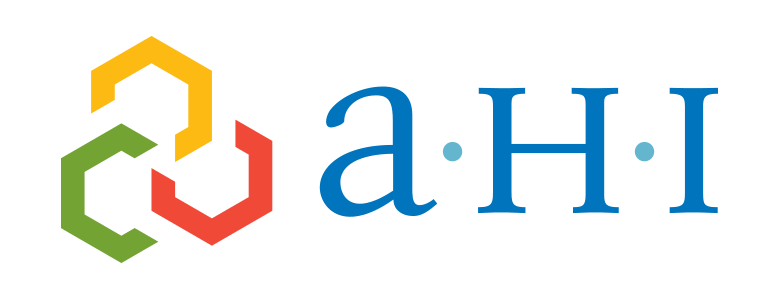As follow-up to the Population Health Management (PHM) learning session held on June 25, 2015 in Lake Placid, AHI sent a post-session survey encouraging continued discussion and questions from attendees. Below are the responses to the questions we received. We look forward to continuing the dialog and bringing into better focus our collective objectives.
View the PowerPoint slide deck AHI Population Health Learning Event from the June 25, 2015 Population Health Management (PHM) learning event.
PHM Survey Questions and Answers
Q1: Care Management was a particular focus of the first demo. While they discussed integrating electronic health record (EHR) data feeds, nothing was discussed about care management plan data feeds. I would be interested in knowing how something like that would work.
A1: Electronic standards for care planning are not as prevalent and established as EHR data exchange mechanisms like CCDs. The lack of standards will complicate comprehensive sharing of care management data. As a result, initial sharing may not be as robust as desired. That said, in general, most vendors would be open to assimilating care management data feeds (e.g. from those entities without EHR) and would claim to support the integration of many disparate data sources including Health Plan created Care Plans. The specific workflow and process varies depending on the extent to which the care management platforms can share data. At the inception, in-depth review to evaluate business process and data assets can be performed to create a data integration plan.
Q2: Is there any concern that adopting the technology leaves the provider somewhat out of the picture? We seem to be placing too much emphasis on data collection and forgetting the importance of the patient/provider interaction.
A2: One of the salient features of a care management platform would be to provide patient engagement capability including the medical provider, as well as behavioral health and other providers across the care spectrum. These platforms provide alerts which will enhance messaging and communication with the patient to further facilitate patient engagement. This functionality will augment the overall patient experience by aggregating data and past history which will be available to the physician and provide a longitudinal health record for care context.
Q3: How were the learning session’s demonstration vendors selected?
A3: KPMG, in its role as the State’s Delivery System Reform Incentive Payment (DSRIP) Program Support Contractor, intentionally excluded all incumbent vendors and considered those in the AHI PHM market that could facilitate the Care Management and Analytics and Reporting functionality. Due to the presentation time constraints and no concurrent tracks for demonstration, KPMG approached Wellcentive and Medecision for sampling. We continue to stress the sampling of vendors does not favor one vendor over another. This event did not constitute a step in vendor selection, rather it was a learning event to showcase PHM technology and tools.
Q4: Are there efforts underway to ensure PHM for DSRIP and the Adirondacks ACO (Accountable Care Organization) are aligned and coordinated?
A4: This has been a recurring discussion of the Health Information Technology (HIT) Work Group. As we continue our progress in assessing and evaluating our regional PHM requirements, the Performing Provider System (PPS) is looking for every opportunity to align and coordinate our efforts. AHI PPS is participating with the Adirondacks ACO vendor demos and coordinating with Samaritan in Central NY.
Q5: Why wasn’t Health Catalyst demonstrated?
A5: The objective of the Population Health Management (PHM) learning event was to share how PHM tools and technology can help improve care and achieve cost savings, as well as share how PHM technology supports NY State’s health care agenda. The presentations were demonstrations on platform functionality and were selected based on availability and product capability. Incumbents were specifically excluded because this was not a vendor demo. This educational session highlighted PHM functionality.
Q6: How is AHI considering Health Home/Insight Plus when exploring PHM for DSRIP?
A6: Health Home Care Management requirements are being considered when examining possible PHM solutions. One of our key objectives in selecting a PHM solution is to be able to share data effectively among PPS partners given a wide array of current and planned technology. We are still in the process of identifying how existing technology, including the Insight Plus tool, may integrate and/or interface with a chosen PHM solution. As we move forward in the process of selecting a PHM solution, Health Home requirements and the functionality of Insight Plus will be factored into our discussions with prospective vendors.
Please contact Claudia Higgins with thoughts and feedback.


